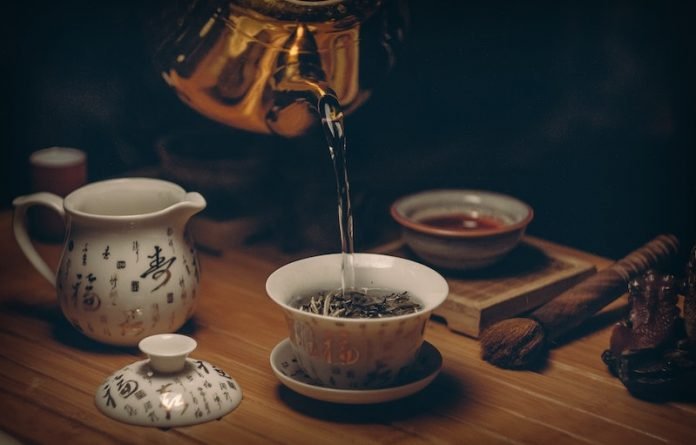
In a recent study from Kyoto University, scientists found that Japan’s favorite beverage green tea might be offering more than just a relaxing tea break.
They found green tea could prevent a deadly condition in the body’s main artery.
The team showed that abdominal aortic aneurysm — a condition in which the main artery becomes overstretched and bloated — developed less frequently in rats that drank green tea polyphenol, a major component of green tea.
Without treatment, abdominal aortic aneurysms eventually rupture and lead to death 50% of the time.
Recent research has found health benefits from drinking green tea, including the prevention of cancer, cardiovascular disease, inflammation, and oxidation.
The type of polyphenol found in green tea has recently been shown to regenerate elastin, an essential protein that gives the artery its stretchy, and texture.
In the study, the team treated rats with enzymes that induce abdominal aortic aneurysm, and they found that the condition developed less in rats that drank green tea polyphenol.
They also saw less inflammation and more elastin production, protecting the artery from rupture.
The team says Japanese people have the longest lifespan in the world, and studies show that 80% of the population drinks green tea on a daily basis.
They believe daily intake of green tea should be considered a new preventative strategy for abdominal aortic aneurysm.
The focus of future studies will be to investigate optimal doses.
If you care about heart health, please read studies about drugs that could help lower fatty liver risk and improve heart health, and what are the best blood sugar levels to prevent heart attacks.
For more information about nutrition, please see recent studies about turmeric compounds that could improve blood pressure, and results showing Vitamin C, but not vitamin E, linked to a lower risk of heart failure.
The study was conducted by Kenji Minakata et al and published in the Journal of Vascular Surgery.
Copyright © 2022 Knowridge Science Report. All rights reserved.



